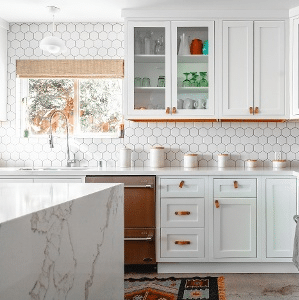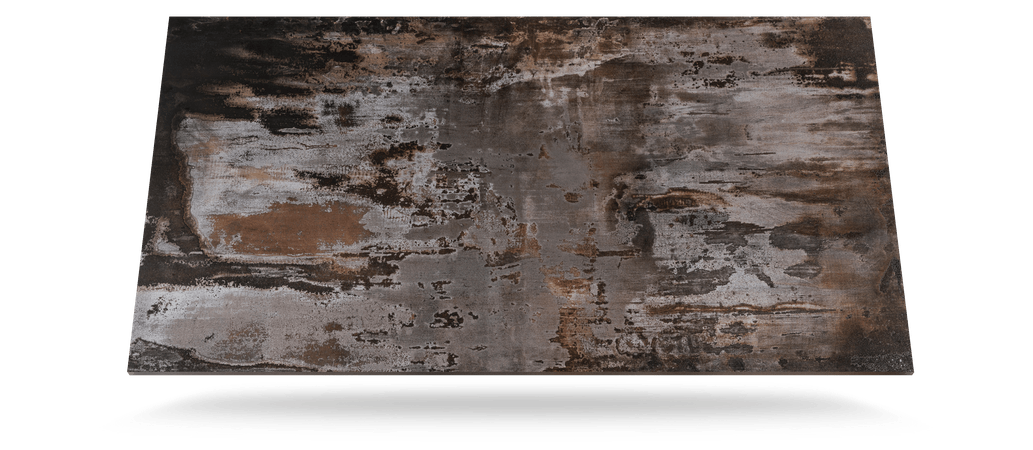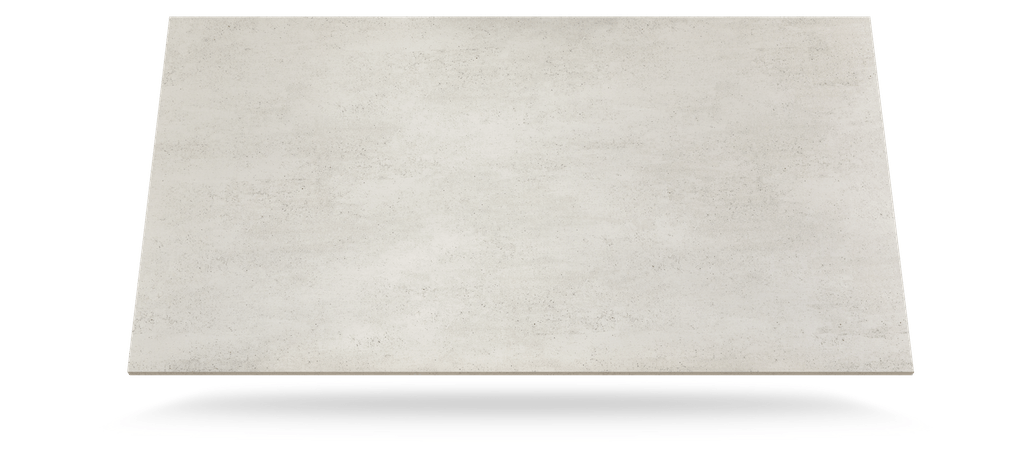Porcelain vs. Granite Countertops

You’ll find that options like porcelain and granite both offer incredible resilience, which you’re sure to appreciate from a practical standpoint. But, what are the advantages of porcelain countertops vs. granite for your home? Considering they have similar price points, you’ll simply have to consider the function they offer, as well as your preferred design aesthetic. Here are a few things you need to know when choosing between porcelain vs. granite countertops.
Porcelain vs. Granite Countertop Stone
Resistance to Damage
Let’s start by examining the utilitarian features of porcelain and granite countertop surfaces. Granite is considered among one of the hardest choices in natural stone, with a Moh’s hardness rating of about 6-6.5. On the other hand, porcelain made from hard-baked kaolinite clay, ranks at an estimated 7-8, which makes it slightly harder.
Both are resistant to cracks, chips, and scratches, as well as heat. However, porcelain is also UV resistant and it is a non-porous surface, which means you won’t have to worry about fading or staining. In addition, it presents a food-safe surface that won’t harbor bacteria, mold, or other pathogens.
While granite offers similar benefits when properly sealed, you will have some additional maintenance, as with any natural stone. It’s best to use specialized cleaning solvents that do not cause excessive wear on the sealant or create a filmy appearance that clouds your gorgeous granite.
In addition, granite will have to be resealed periodically (sometimes annually if you have a busy kitchen). This naturally entails some added expense. Porcelain is a bit easier to clean and maintain, by comparison.
In contrast, unlike most natural stone surfaces, after your porcelain slab goes through the fabrication and installation process, it does not need to be sealed or resealed for future maintenance purposes.
Porcelain and Granite’s Statement Style
Because porcelain and granite are fairly evenly matched when it comes to function and durability, your decision may come down to style preferences. If so, there are a lot of features to consider. Let’s start with the obvious: the type of granite or color of porcelain.
While porcelain can be made to look like certain types of natural stone, primarily marble – as seen in this transitional kitchen – it also comes in a wide variety of colors and appearances that aren’t exactly natural. With high-end Dekton countertop surfaces, you’ll enjoy an assortment of solid color choices ranging from light to dark, as well as Industrial, Tech, Liquid, and other collections that deliver unique appeal like nothing you’ll find in nature.

Liquid Embers by Dekton
Consider Liquid Embers, which embodies the dynamic, fluid appearance of Damascus steel.

Trillium by Dekton
How about Trillium, featuring the rugged flair of weathered wood or oxidized steel?

Blanc Concrete by Dekton
Maybe you’ll like the look of Aged Timber, which appears like the name implies – like weathered barn wood.
Perhaps trendy Blanc Concrete is more your style, with a light, neutral palette that complements a bright, tonal kitchen or bathroom.
There are plenty of options to explore when it comes to porcelain countertops, and you’re sure to find a style you love. As a bonus, porcelain can be produced in larger sizes than your typical natural stone slab, which means you may not have to worry about seams marring your countertop surface if you’re working with a large or oddly shaped space.
What about granite? When it comes to style, granite appeals to a certain style sensibility, one that prizes a high level of visual drama. Granite is known for its depth, dimension, and visual interest, thanks to veining and deposits that add dynamic flecks and swirls to these natural stone surfaces.
Just look at the dark specks stippling the golden brown granite in this New York transitional kitchen. Not only is it sure to catch the eye from a distance, but close up, it’s a work of art akin to a work of art.
How about the elegant, yet stunning movement of the waterfall island in this contemporary Chelsea loft? The dark gray striations give the impression of water sheeting over a pane of glass, creating a completely different aesthetic than typical, spotted and flecked granite varieties.
Then there’s the multicolored masterpiece in this traditional Connecticut kitchen. The confluence of light beige and gold tones with darker browns and grays creates a breathtaking riot of movement and depth that will act as the focal point of any interior design project.
When it comes to choosing between porcelain and granite, utility is obviously important, especially in high-use rooms like the kitchen or master bath. However, with so many functional similarities, you may have to turn to style preferences to decide which surface is right for you.
Granite enjoys the built-in luxury and prestige of natural stone, but porcelain can offer a unique, modern aesthetic that helps your property stand out. With a bit of comparison shopping, you’re sure to find the perfect option to complement your home and accentuate your personal style.
Need Help on Your Next Project?
Do you need help choosing between porcelain vs. granite countertops for your home? We specialize in creating custom countertops in Fairfield County, CT and Westchester County, NY and would love to help you select the right surface for your home or project. Please visit us today or contact us here to learn more.






